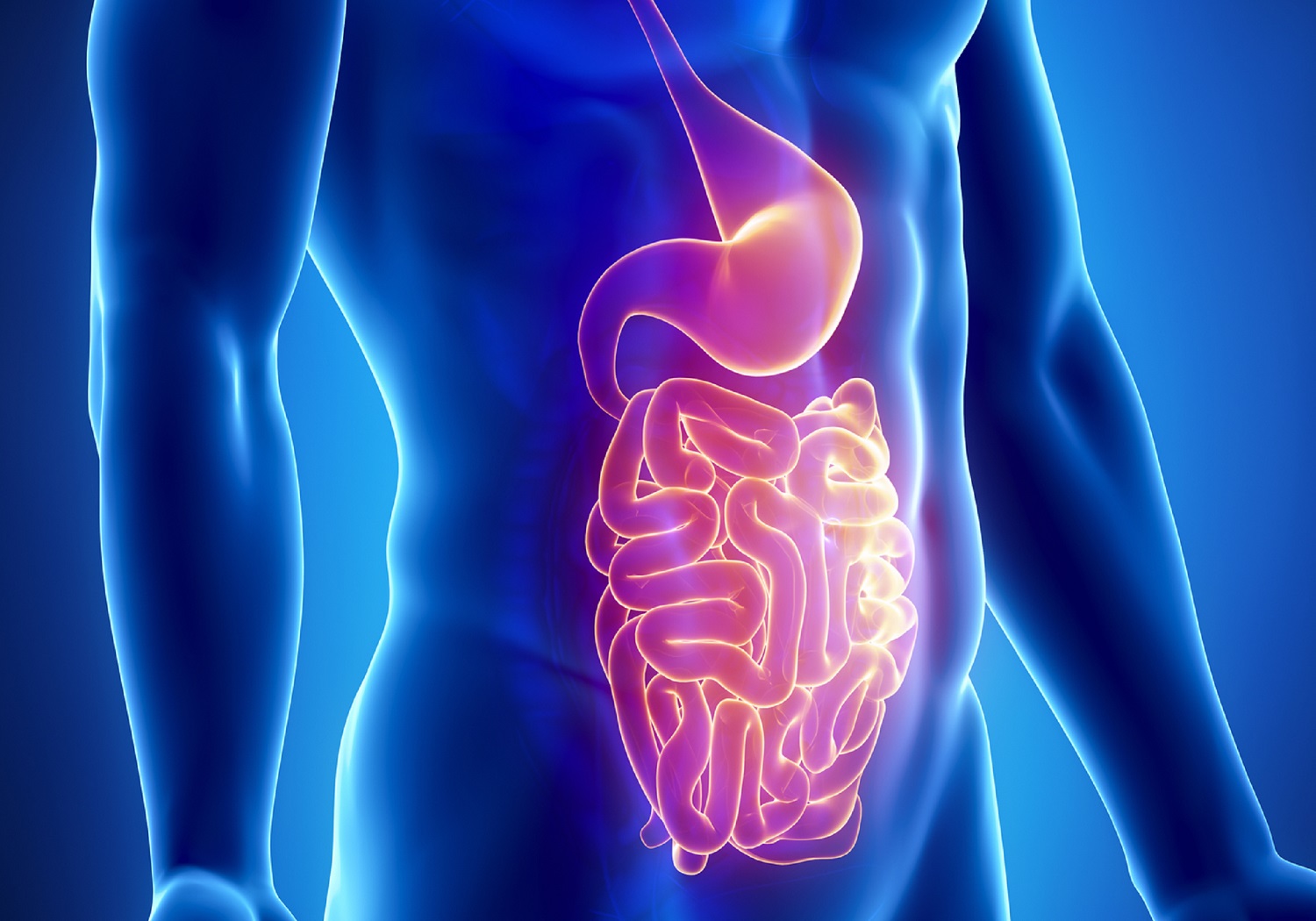-
Call: +91 6351045924
-
Email: osssh@yahoo.com
Colonoscopy
Colonoscopy
A colonoscopy is a procedure performed to detect changes or abnormal tissue behavior in the large intestine and rectal regions. The inside of the colon is examined by the doctor performing the procedure by the use of a tube like device known as the colonoscope.
Doctors generally perform colonoscopy when they suspect diagnosing colitis, inflammatory bowel syndrome, precancerous or cancerous colon polyps, ulcers, hiatal hernia, esophageal cancer and stomach cancer.
What is a colonoscope?
The instrument used to perform a colonoscopy is referred to as the colonoscope. It is a tubular instrument, elongated and flexible about 1.25 cm in diameter. It is inserted through the rectum, and goes up to the other end of the large intestine. Doctors can view internal tissue by the aid of an attached CCD camera or fiber optic camera on the colonoscope.

Colonoscopy and its usage
Colonoscopies are fairly common diagnostic procedures, used to detect abnormalities in stomach disorders, particularly in the rectum and large intestine. Colonoscopies are generally advised for people in the higher age groups, suffering from ailments of the stomach. This is because they are more susceptible to problems in the colon or digestive system coupled with other common diseases like diabetes or blood pressure anomalies.
Colonoscopy is majorly used to detect any traces of bowel cancer, or colon polyps. Certain symptoms trigger colonoscopy recommendation by your doctor. Some of these symptoms are: rectal bleeding, blood in your stool, excessive and unexplainable stomach pains, diarrhea and fluctuating bowel habits.
Precautions to be taken before a Colonoscopy
Your doctor performing the colonoscopy should be informed of any prior medication being taken such as vitamins, minerals, antibiotics etc. Blood thinning agents usage should also be informed to the doctor. It is normally advised not to consume any food or drink about 6 hours before the colonoscopy.
Also it is essential to have a clean bowel for a successful colonoscopy. In case the patient does not have a clean bowel before the prescribed time, doctors usually suggest the consumption of laxative agents to help relieve the stomach.
The Procedure
The colonoscope is inserted into the body through the rectum, while the patient has to lie on their side. Doctors prescribe mild sedatives to help the patient with obvious discomfort and/ or pain during the procedure. The colon lining can be carefully observed through the pictures taken from the camera attached to the inner end of the colonoscope.
Biopsies can be conducted for more severe cases. Internal tissue or polyps can be removed by a biopsy and sent for further analysis on the same. A colonoscopy generally takes about half an hour to complete.
Post Operative Care
With the insertion of the colonoscope into the body through the rectum, patients usually feel uncomfortable. Other problems like perpetual bloating, gas and cramps need to be observed for more insight. Doctors prescribe light meals (solid and liquid) after the colonoscopy to give the digestive system time to recover. A rest period of four hours is recommended, after which normal activity levels can be resumed by the patient.





